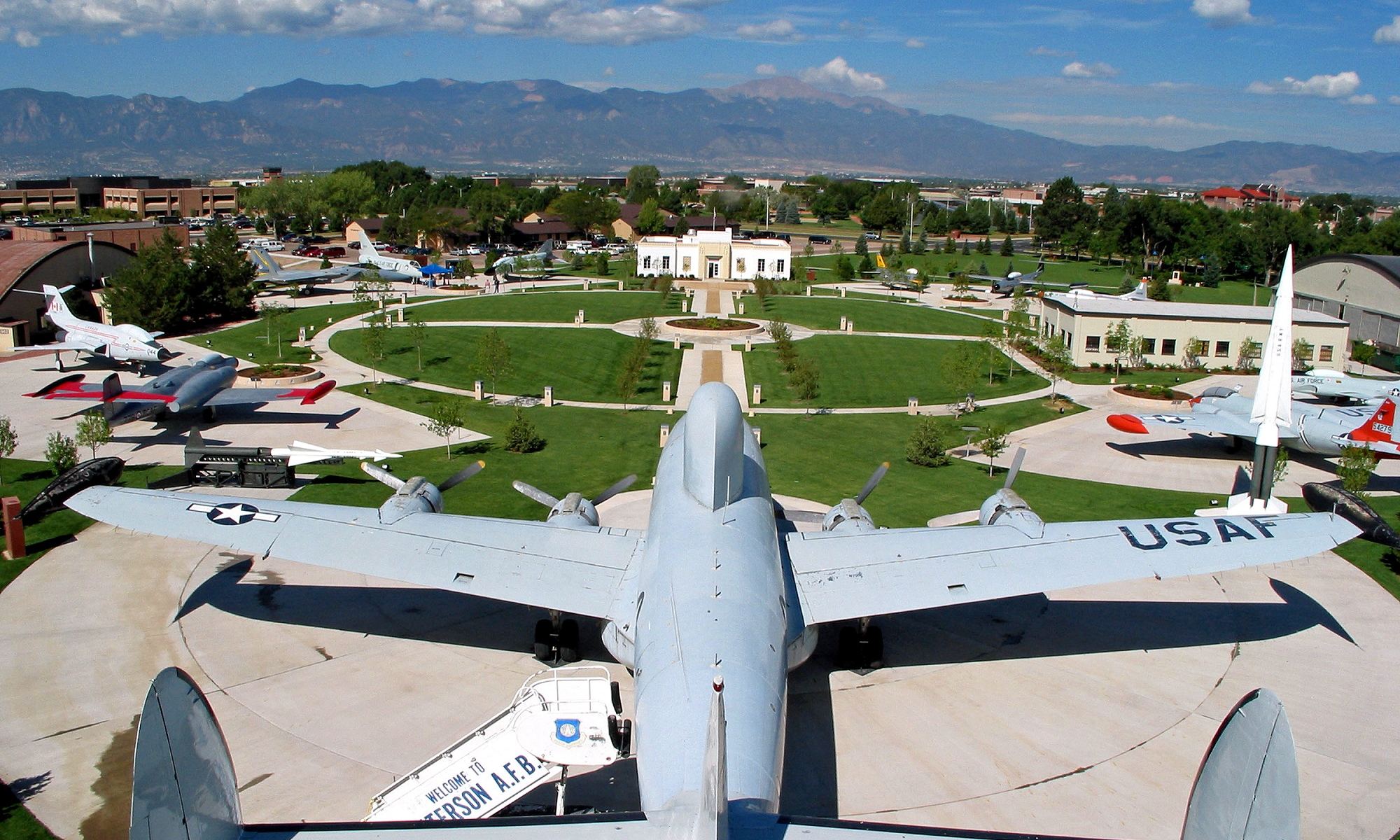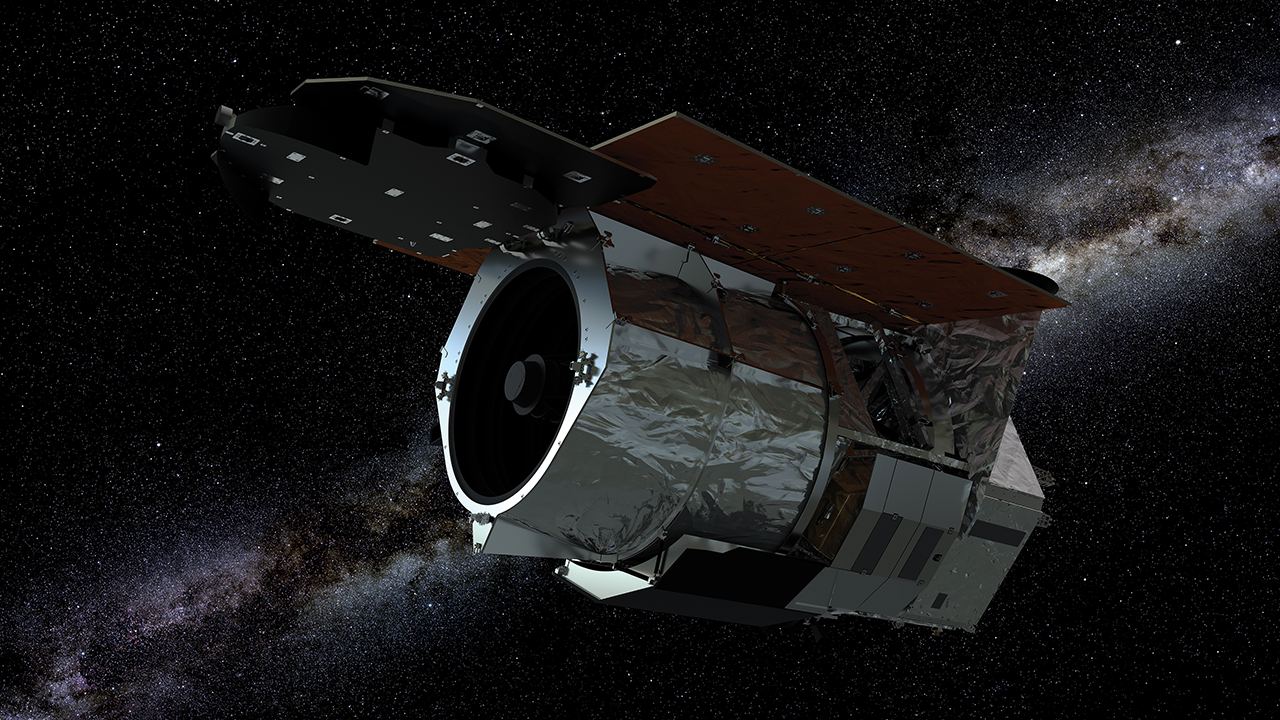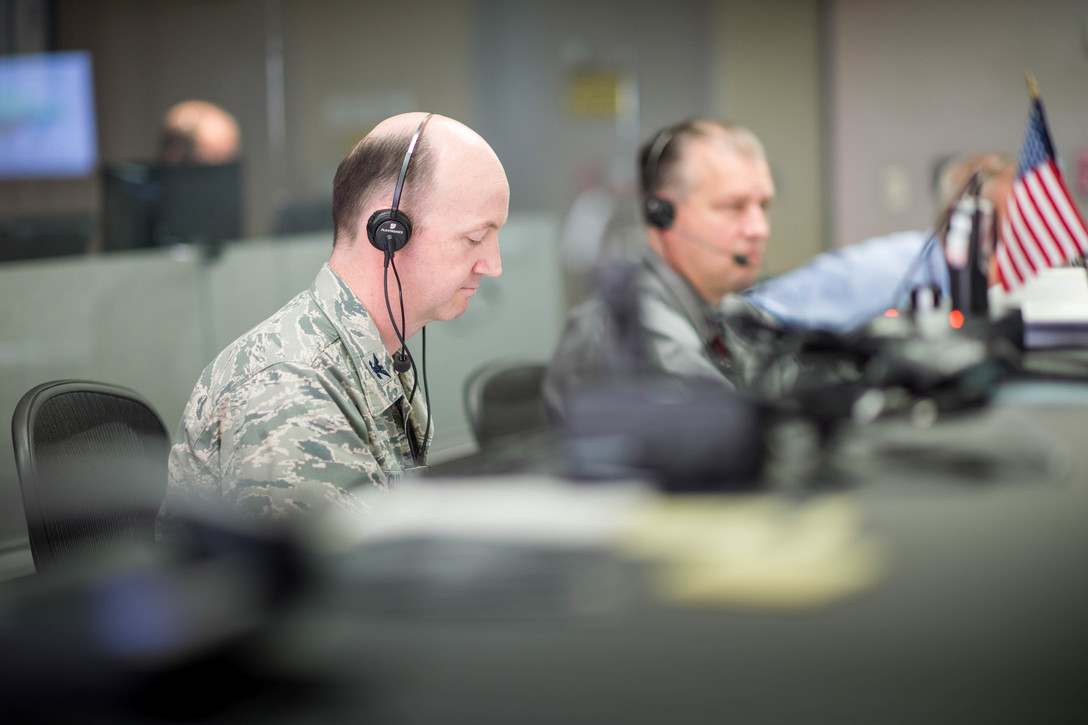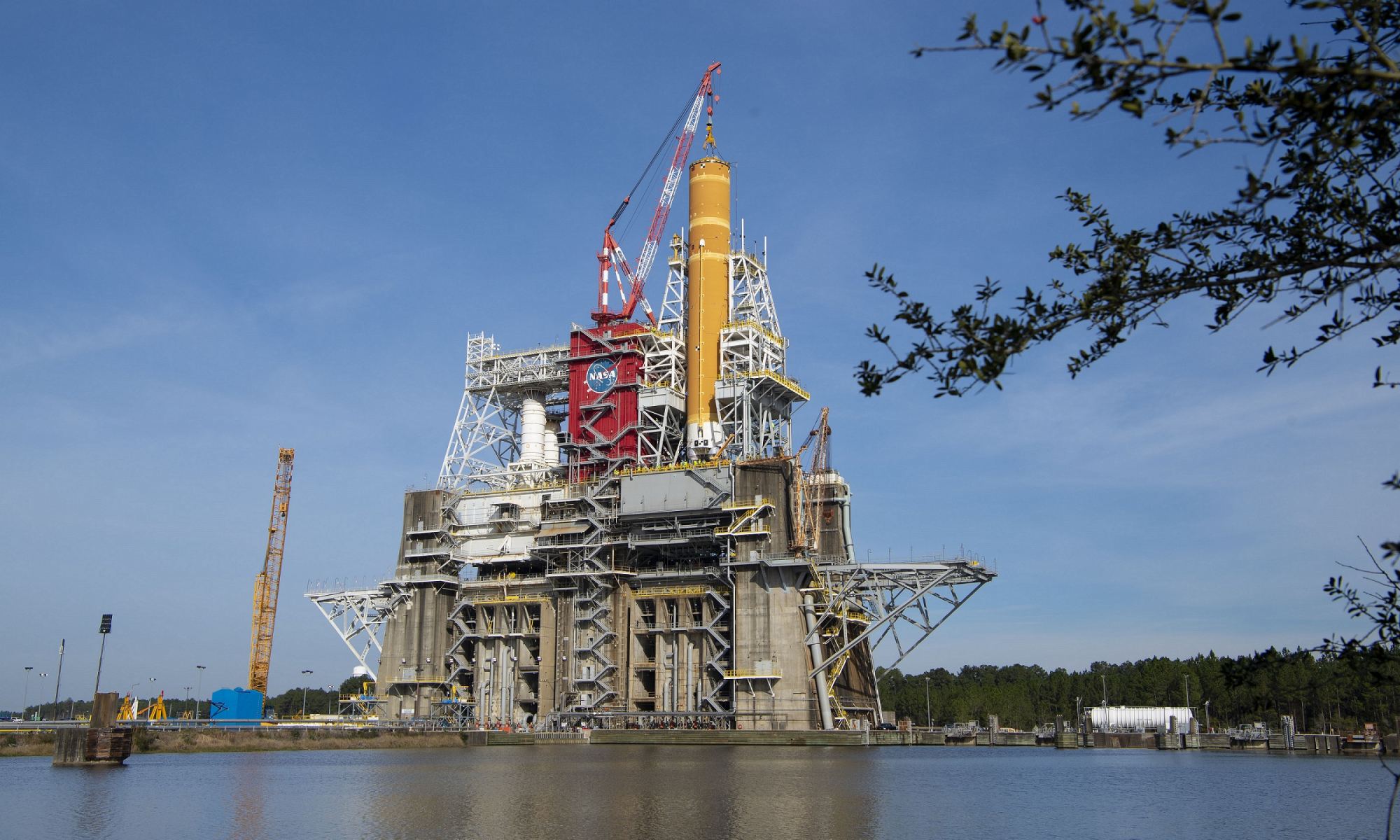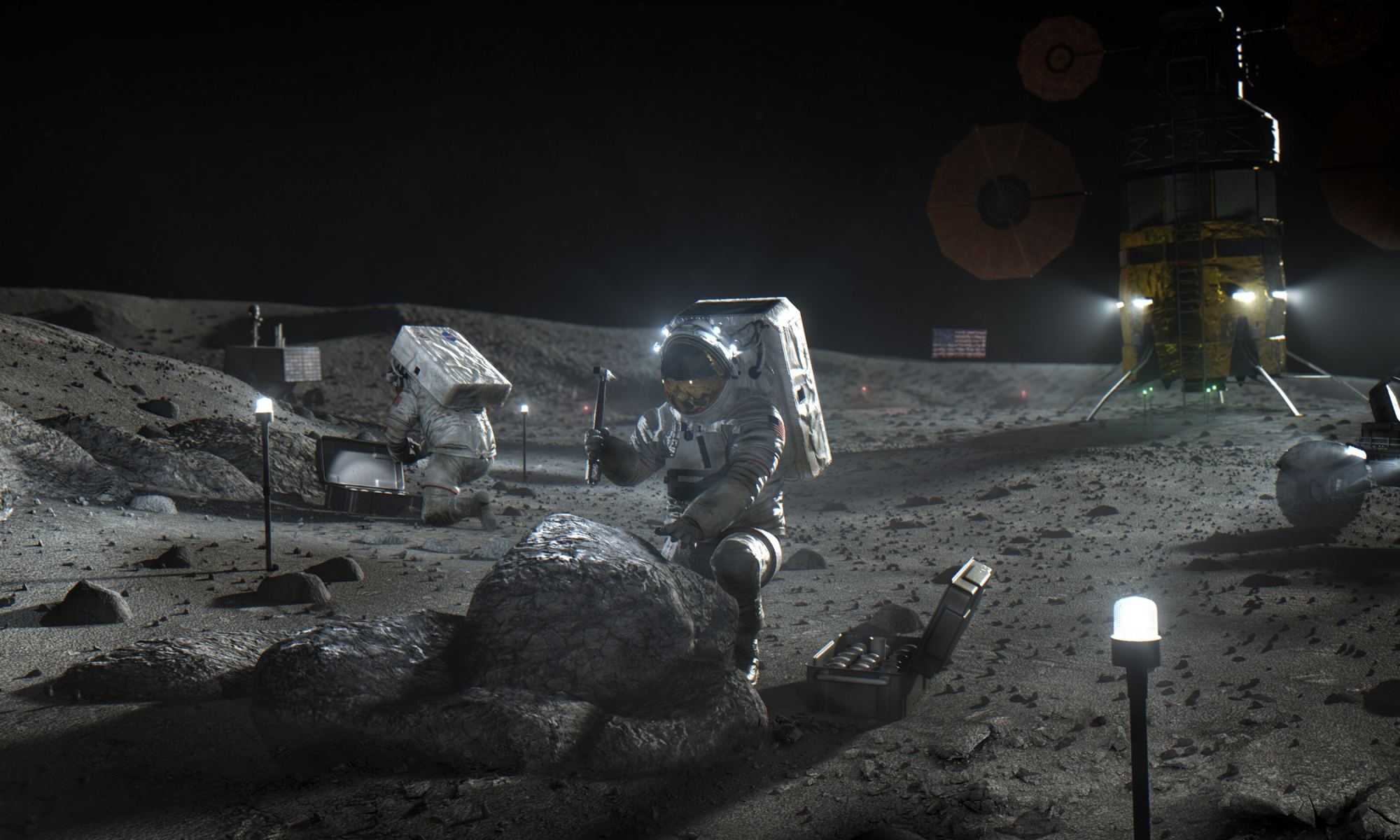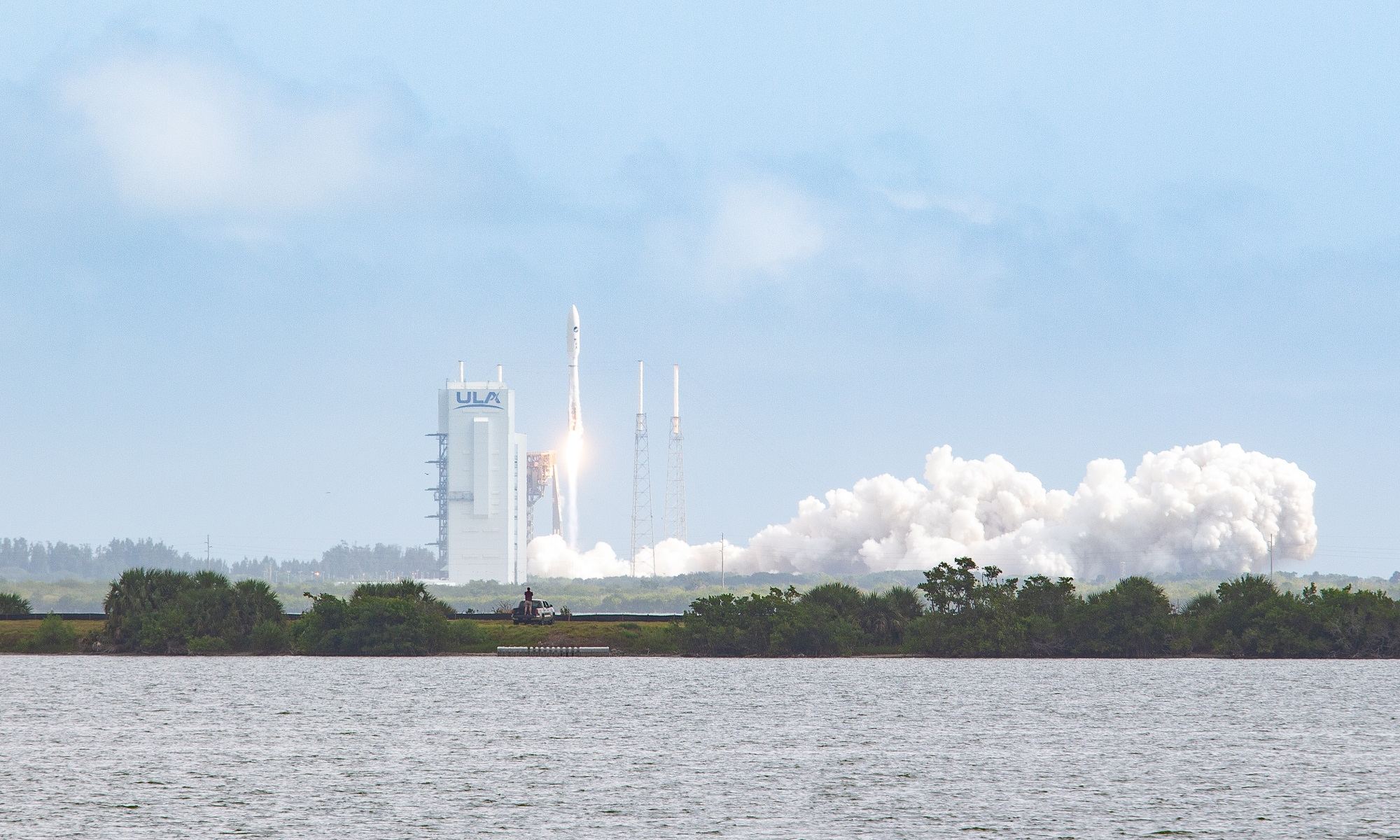In the past few decades, the number of planets discovered beyond our Solar System has grown exponentially. To date, a total of 4,158 exoplanets have been confirmed in 3,081 systems, with an additional 5,144 candidates awaiting confirmation. Thanks to the abundance of discoveries, astronomers have been transitioning in recent years from the process of discovery to the process of characterization.
In particular, astronomers are developing tools to assess which of these planets could harbor life. Recently, a team of astronomers from the Carl Sagan Institute (CSI) at Cornell University designed an environmental “decoder” based on the color of exoplanet surfaces and their hosts stars. In the future, this tool could be used by astronomers to determine which exoplanets are potentially-habitable and worthy of follow-up studies.
Continue reading “What Are Some Clues to the Climates of Exoplanets?”



